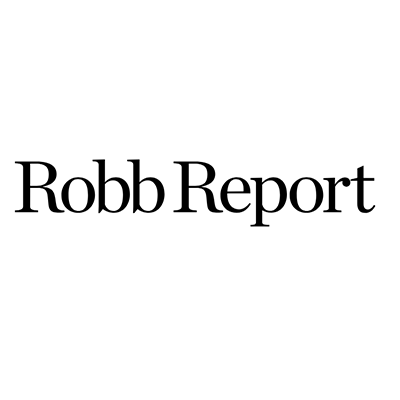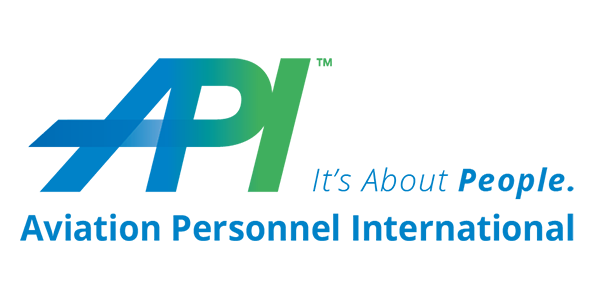
Michael Verdon’s pilot shortage article originally published in the Robb Report on October 22, 2023.
Following recent salary hikes at commercial airlines, corporate pilots are reassessing their pay.
After Delta, United, and American Airlines recently announced that they were hiking salaries, private aviation’s pilot shortage suddenly became even more acute, in no way aided by the fact that some commercial airlines now pay six-figure signing bonuses. According to industry surveys, corporate pilots sometimes earn just 60 percent of their commercial-airline peers’ salaries during a 30-year career.
“The lure of a much bigger salary can be hard to fight,” says Sheryl Barden, CEO of Aviation Personnel International, who has seen veteran pilots from Fortune 500 flight departments—long viewed as the job to retire from—leave for the airlines. The outflow is also a lasting side effect from the pandemic.
“Covid exacerbated the shortage when the airlines retired so many pilots early,” says Dondi Pangalangan, senior vice president of strategic initiatives at Clay Lacy, specialists in private-aircraft management, charter, and maintenance. “That created a hole. Now it’s a vacuum, sucking every pilot in our industry towards it.”
The issue impacts everyone from mom-and-pop charter businesses to the world’s largest fractional provider, NetJets, whose union of 3,100 pilots says that over 7 percent of its members left between January and September, with another hundred departures anticipated by year’s end. A representative for the union, which is currently attempting to negotiate a new contract, says NetJets needs to be more competitive when it comes to pay scales and flight scheduling—though the latter is, by nature, more haphazard and demanding in business aviation than with mass-market carriers. (NetJets declined to comment.)
Parity will require long-term investment. A recent National Business Aviation Association survey reports that pay increases for pilots rose 12 percent from 2022 to 2023, and retention bonuses were commonly about $27,000 per year. “It cost us $30 million to raise our pilots’ salaries,” says Kenn Ricci, principal of Directional Aviation Capital, parent of Flexjet, the second-largest fractional provider. “We’ll have to do that regularly to stay competitive in the marketplace.”
How can private fliers best navigate the situation? Anthony Tivnan, president of Magellan Jets, advises clients to inquire about operators’ pilot-retention rates, explaining that “some companies prioritize keeping their pilots happy, so they’re not seeing the same exodus.” Along that line, Pangalangan says the level of safety protocols built into an operator’s ethos is a key indicator of how much it values its pilots.
“We designed our culture around keeping our pilots happy,” says Richard Kane, CEO of Verijet, an upstart charter operator that uses the Cirrus Vision Jet for its fleet type. The company has grown from two aircraft in 2020 to 20 this year, yet has a backlog of training slots for new pilots. Tradewind Aviation, which also recently increased its number of aircraft, understands its role as “a waypoint to advance someone’s career,” according to president Eric Zipkin. Tradewind has a partnership with United’s Aviate pilot-development program, which means most enrolled will remain until they accrue the flight hours for United’s regional fleet.
But it’s still a stopgap solution to a shortage that could linger for years. “Knowing they have a commercial job waiting is an incentive to stay,” says Zipkin of younger pilots using private aviation as a springboard to the majors, but “there’s just no slack in the system.” His remedy? “It’s an operational problem, so the only solution is to chip away slowly.”
